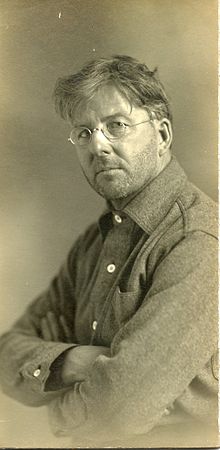

This vintage photograph features a smartly dressed pretty woman with her adorable young daughter. The little girl’s expression is absolutely priceless. The photograph was taken by the Reed studio in Bemidji, Minnesota. Bemidji is a Ojibwe (Chippewa) word that means “a lake with crossing waters”. The town was chartered and organized in 1896. The town has been called the “curling capital” of the United States. An inscription on the reverse of the photograph has the name “Mary Keining”. This is probably the name of the mother in this portrait. The photographer of this photograph was a well known American artist and photographer named Roland (Royal Jr.) W. Reed (1864-1934). He was part of an early 20th century group of photographers of Native Americans known as pictorialists. The pictorialist movement was influenced by the 19th century art movement of Impressionism. The pictorialists emphasized lighting and focus. They tried to recreate images as they may have been rather than as it was. A group of pictorialists took photographs of Native Americans and Native American life as it was before the damage wrought on the culture by reservations. Roland Reed was born in Wisconsin. He grew up with a strong caring interest in Native Americans and a desire for adventure. His first job when he left home was working in a Minnesota sawmill. In 1885 he worked for the Canadian Pacific Railroad and became familiar with the Plains Indians. He soon returned to Minnesota and used it as a home base for five years of exploration and adventure which included traveling to Tennessee, Arkansas, New Mexico, and finally Montana in 1890. He worked for the Great Northern Railway and utilized his artistic talent doing portrait sketches of Piegan and Blackfeet Indians as well doing landscape sketches and paintings. In 1893 he apprenticed with photographer Daniel Dutro in Havre, Montana. The pair eventually became partners in a studio and they also sold Native American photographs to the Great Northern Railway. For a short duration in 1897, Reed worked for the Associated Press in Alaska photographing the Klondike Gold Rush. He returned to Havre but in 1899 he opened a photo studio in Ortonville, Minnesota. He quickly developed a reputation for being an outstanding photographer of local landscapes and children. His business grew and he opened another studio in Bemidji. He frequently would leave his Bemidji studio to go photograph the Ojibwe Indians on nearby reservation. In 1907, he sold both of his studios and went to live near the Ojibwe Red Lake Reservation so he could focus on his work documenting Native Americans. He pursued this interest full time for two years. In 1909, Reed returned to Montana and opened a studio in Kalispell (the town near the western entrance of today’s Glacier National Park. He operated the studio there and also sold copies of his Native American photographs and Native American arts and crafts. While in Kalispell he spent six years on a major project of ph0tographing the Plains Indians, including the Blackfeet, Piegan, Boood, Flathead and Cheyenne. While in Montana he became part of the state’s community of artists. Included was western artist Charlie Russell. In 1913, Reed spent several months photographing the Navajo and Hopi in Arizona. That same year, Reed opened a branch of his photography studio in San Diego, California. After just a few years, he retired to Ortonville, Minnesota. It didn’t take too long for wanderlust to set in. In 1916 he built a cabin near Cable, Wisconsin where he spent half his time between there and Ortonville. In 1920 he relocated to Denver, Colorado, where he opened a new studio and remained in business for seven years. In 1930 he retired again, this time to San Diego. During this time he worked on a book of his photographs titled “Reed’s Photographic Art Studies of the North American Indian”. While visiting Colorado Springs in 1934 he was killed in an accident. Reed’s work photographing Native Americans were funded by himself. He had little interest in having his photography utilized for advertising. He is known to have turned down an offer of fifteen thousand dollars for 200 negatives in order to ensure they would not be used commercially. In 1950, National Geographic Magazine licensed the rights to approximately forty of his photographs. A portrait of Roland Reed can be seen directly below. (SOLD)











